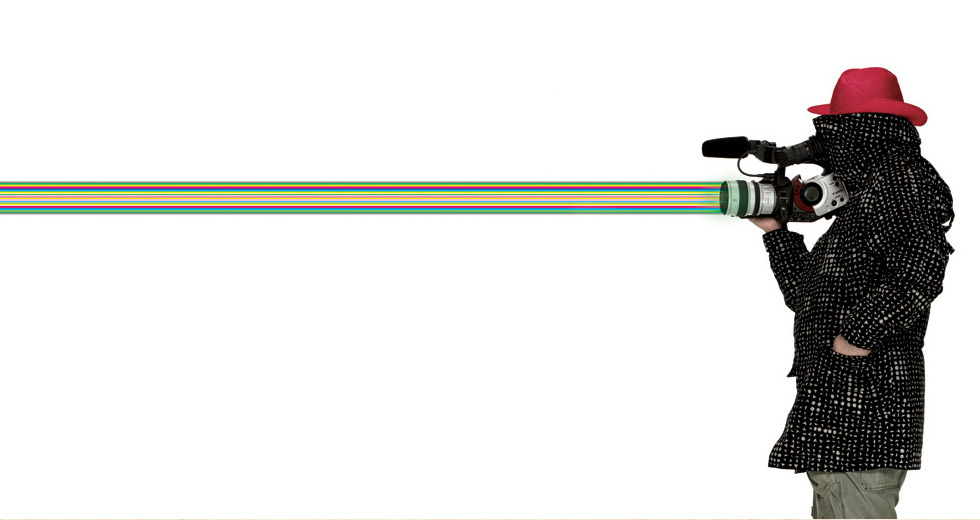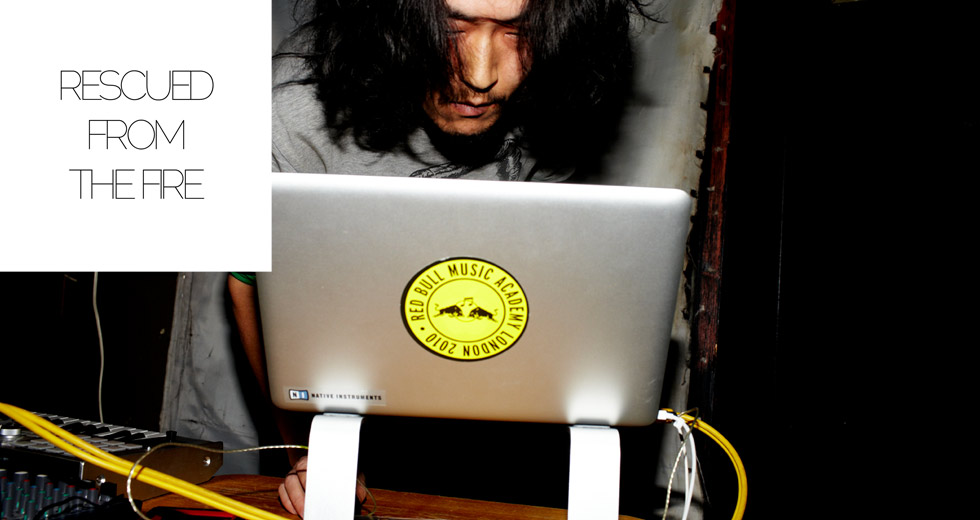Essential Japanese Jazz Fusion
Mitsuru Ogawa is regarded as one of the foremost experts on Japanese jazz, having worked as a buyer at Dance Music Records, as well as penning a guidebook entitled Jazz Next Standard. Here, he provides an overview of some of the most important names in Japanese jazz fusion to emerge in the ’70s and ’80s.
Teruo Nakamura
Modern jazz gained momentum in Japan at the turn of the ’60s, with many Japanese jazz musicians moving to America, the homeland of the music, to hone their skills further. Saxophone player Sadao Watanabe and pianist Toshiko Akiyoshi were the early forerunners, with bassist Teruo Nakamura following quickly behind. Nakamura’s first lead album, 1973’s Unicorn was regarded as well ahead of its time, with its blend of jazz, rock, funk and Afro. (All the other musicians involved were American, Steve Grossman, Alphonse Mouzon, Lenny White and Hubert Eaves.) Later, Nakamura released two albums – Rising Sun and Song of the Birds – during the height of the fusion era. While most Japanese musicians were focusing on the domestic market, he became a rare example of an artist setting his sights internationally.
Hiromasa Suzuki
Fusion was strongly tied in with the technological development of instruments during the ’70’s, particularly synthesisers and electric pianos. Hiromasa Suzuki was one such keyboard player, and his releases Hi-Flying and Skip Step Colgen are fine representations of the Japanese crossover/fusion scene of the time. Suzuki was also a member of Akira Ishikawa’s Count Buffalo, contributing hugely to their African-inspired sound as arranger.
Yuji Ohno
Another keyboardist worth mentioning is Yuji Ohno, who is best known for producing the soundtrack series to Lupin the Third, which seamlessly brings together disco and Brazilian elements. Ohno teamed up with Suzuki and six others in 1975 to form the Electro Keyboard Orchestra, a unique experiment that resulted in one powerful full-length.
Jun Fukamachi
Compared to Hiromasa Suzuki and Yuji Ono, Jun Fukamachi was a more versatile player, involving himself in many pop and rock sessions over the years. Additionally, he was responsible for introducing the synthesizer in its earliest stages to Japan on 1975’s Introducing Jun Fukamachi, a sound he masterfully crafted with the use of the Minimoog, Arp Synths, Solina, Clavinet, and electric piano. It stands comfortably next to international contemporaries such as Herbie Hancock, Larry Young and Charles Earland.
Masabumi Kikuchi
Masabumi Kikuchi, active since the ’60s as a progressive avant-garde player, played an important role in carrying on the lineage of electric jazz in Japan, carried through from Miles Davis to Weather Report and on to early Hancock. This culminated in 1981’s Susto, with contributions from Steve Grossman, Dave Liebman and Airto. Equally influential is his keyboard contribution to Double Rainbow by Terumasa Hino.
Ryo Kawasaki
Many very talented guitarists emerged from the Japanese fusion scene, Ryo Kawasaki and Yoshiaki Masuo chief among them. Ryo Kawasaki is also known for the project Tarika Blue, which he formed together with James Mason from Roy Ayers’ Ubiquity label. Their introduction of the guitar synthesiser and incorporation of Indian music helped produce many unique works. Kawasaki managed to carve out an iconic sound signature, often considered comparable to musicians like Pat Metheny.
Yoshiaki Masuo
Yoshiaki Masuo acquired what can be called as an orthodox style of playing during his time as part of the Sonny Rollins band, but as he later set foot into the fusion scene, he became a popular figure, receiving attention performing with the likes of Dave Grusin, Steve Gadd and Jan Hammer. Similar to George Benson and many others, Masuo came from a more classical jazz background.
Naoya Matsuoka
In Japan, Latin and Brazliian music was already immensely popular as stand-alone genres, and musician/producers such as Naoya Matsuoka and Chikara Ueda led the way for Latin/Brazilian fusion music. Naoya Matsuoka not only formed the Latin jazz fusion outfit Wesing, he contributed to the international Brazilian group Pacific Jam, as well as producing and arranging for singer Yasuko Agawa, and trombonist Shigeharu Mukai among others. Not restricted to working only in the jazz scene, he was involved in many pop projects.
Chikara Ueda
Chikara Ueda was active as a founding member of the fusion band Power Station, but also being particularly well versed in Latin music, he showcased his capabilities as arranger and conductor on Toshiyuki Honda’s Burning Wave and Opa! Com Deus and Irakere’s Cuba Libre. At the same time, Brazilian fusion bands such as Spick & Span and Carioca were hugely popular, adding to the deep relationship between Latin/Brazilian music and fusion in Japan, with many jazz musicians at the time adding tracks of this nature to their albums.

